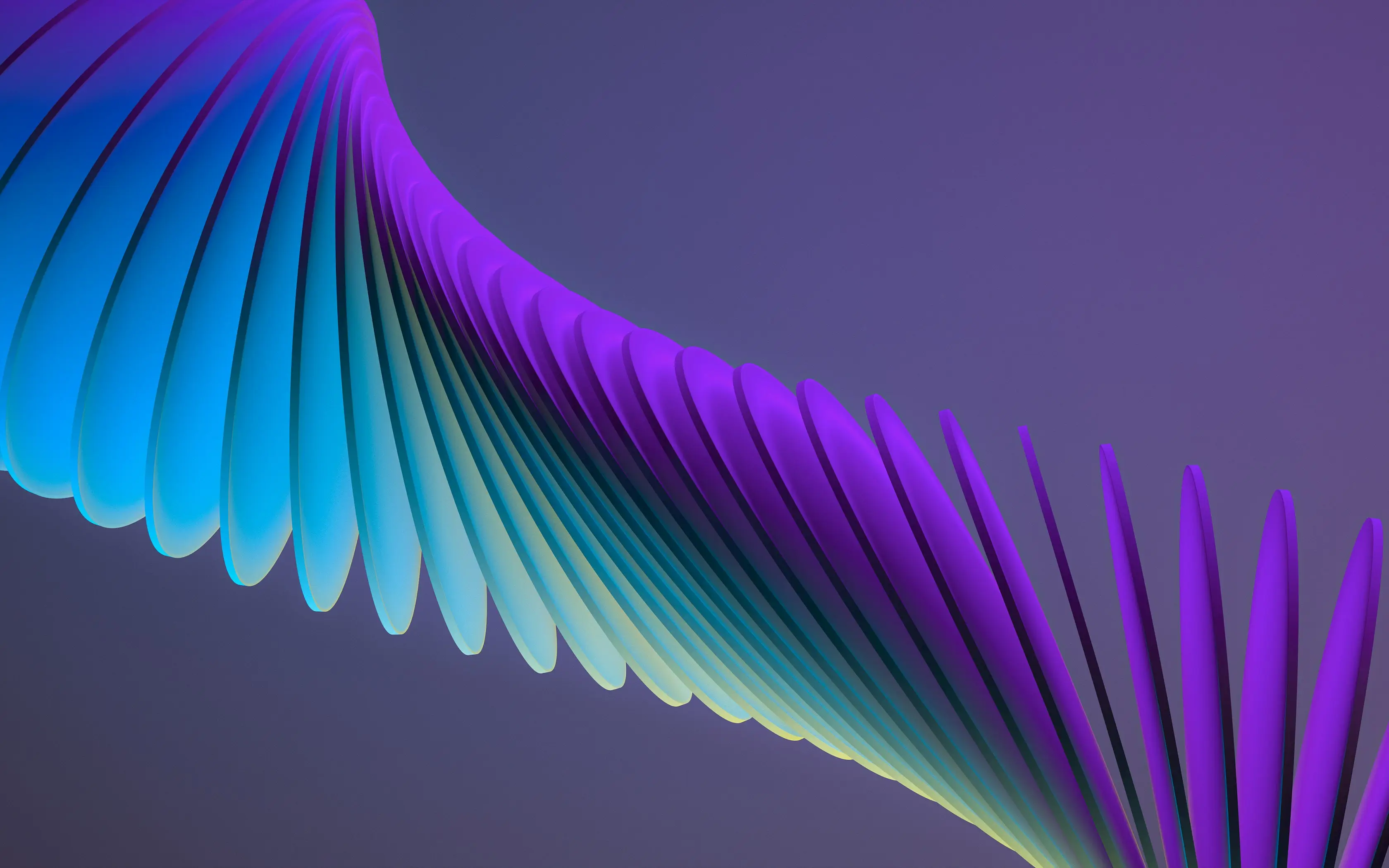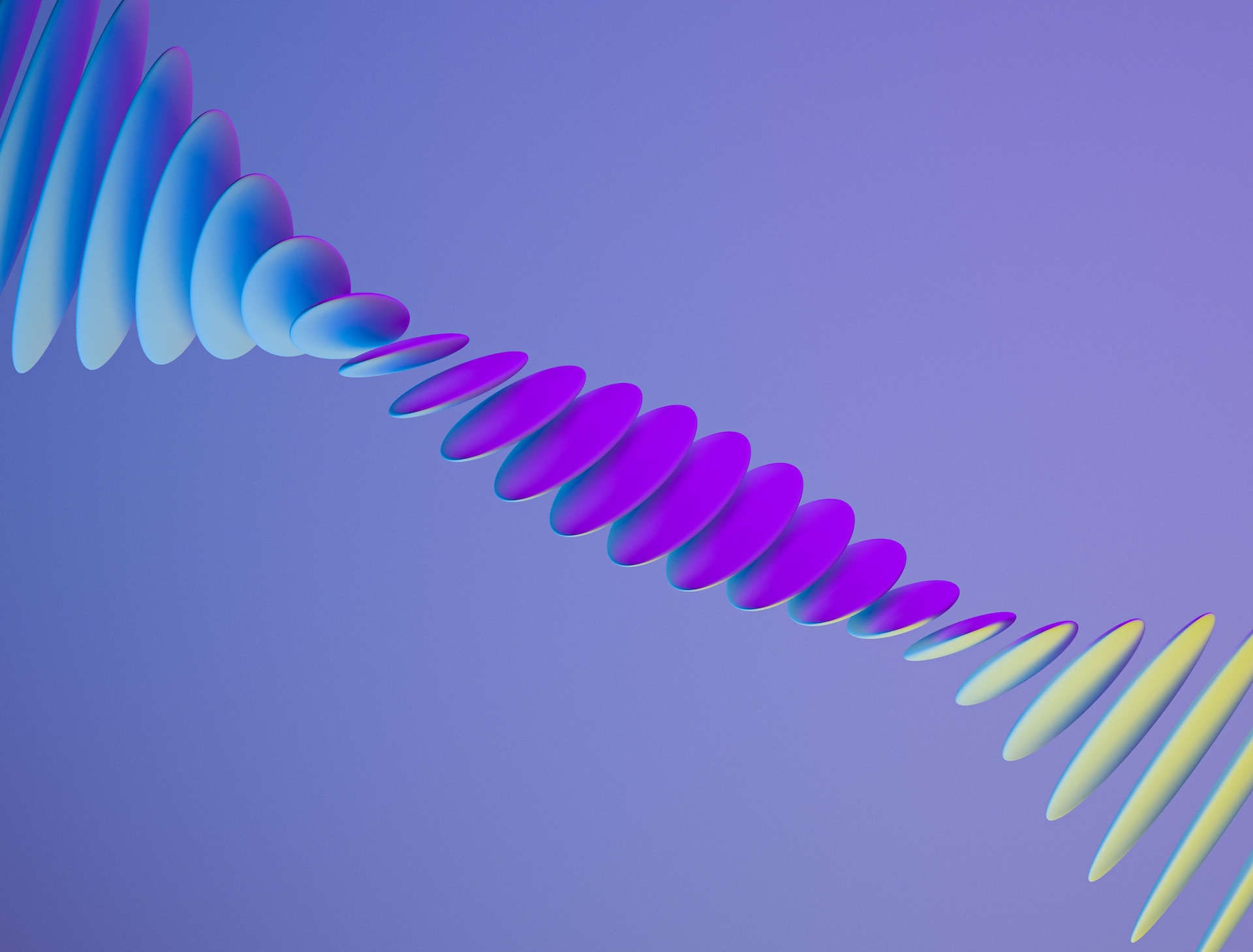Blog

Suresh Kumar Veerapathiran and Anudeep Kumar, engineering leaders at Uptycs, recently shared their experience of evolving their data platform and analytics architecture to power analytics through a generative AI interface. In their post on Medium titled Cache Me If You Can: Building a Lightning-Fast Analytics Cache at Terabyte Scale, Veerapathiran and Kumar provide detailed insights into the challenges they faced (and how they solved them) scaling their analytics solution that collects and reports on terabytes of telemetry data per day as part of Uptycs Cloud-Native Application Protection Platform (CNAPP) solutions.

With the new year comes new features in Alluxio Enterprise AI! Just weeks into 2025 and we are already bringing you exciting new features to better manage, scale, and secure your AI data with Alluxio. From advanced cache management and improved write performance to our Python SDK and S3 API enhancements, our latest release of Alluxio Enterprise AI delivers more power and performance to your AI workloads. Without further ado, let’s dig into the details.
.png)
.jpeg)
In this blog, we discuss the importance of data locality for efficient machine learning on the cloud. We examine the pros and cons of existing solutions and the tradeoff between reducing costs and maximizing performance through data locality. We then highlight the new-generation Alluxio design and implementation, detailing how it brings value to model training and deployment. Finally, we share lessons learned from benchmarks and real-world case studies.

This article was initially posted on datanami.
The paradigm shift ushered in by Artificial Intelligence (AI) in today’s business and technological landscapes is nothing short of revolutionary. AI’s potential to transform traditional business models, optimize operations, and catalyze innovation is vast. But navigating its complexities can be daunting. Organizations must understand and adhere to some foundational principles to ensure AI initiatives lead to sustainable success. Let’s delve deeper into these ten evergreen principles:
.jpeg)
In this blog, we discuss the data access challenges in AI and why commonly used NAS/NFS may not be a good option for your organization.
.jpeg)
Alluxio, the data platform company for all data-driven workloads, hosted the community event “AI Infra Day” on October 25, 2023. This virtual event brought together technology leaders working on AI infrastructure from Uber, Meta, and Intel, to delve into the intricate aspects of building scalable, performant, and cost-effective AI platforms.
.jpeg)
This article was initially posted on Solutions Review.
Artificial Intelligence (AI) has consistently been in the limelight as the precursor of the next technological era. Its limitless applications, ranging from simple chatbots to intricate neural networks capable of deep learning, promise a future where machines understand and replicate complex human processes. Yet, at the heart of this technological marvel is something foundational yet often overlooked: data.
.jpeg)
This article was initially posted on ITOpsTimes.
Unless you’ve been living off the grid, the hype around Generative AI has been impossible to ignore. A critical component fueling this AI revolution is the underlying computing power, GPUs. The lightning-fast GPUs enable speedy model training. But a hidden bottleneck can severely limit their potential – I/O. If data can’t make its way to the GPU fast enough to keep up with its computations, those precious GPU cycles end up wasted waiting around for something to do. This is why we need to bring more awareness to the challenges of I/O bottlenecks.

.png)


